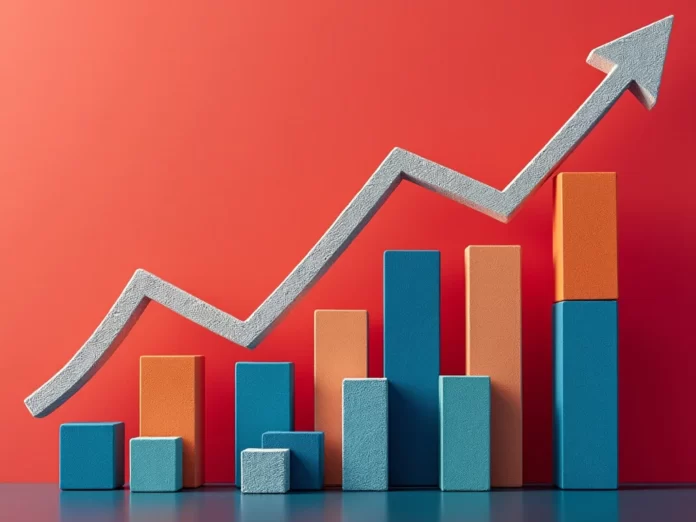The federal government has proposed an economic growth target of 4.2% for the fiscal year 2025-26, relying on a revival in both the agriculture and industrial sectors, according to a news report.
According to the proposal to be presented to the Annual Plan Coordination Committee (APCC) and later to the National Economic Council (NEC) for approval on Monday, Pakistan’s commodity-producing sectors are expected to grow by 4.4%, led by a 4.5% recovery in agriculture and 3.5% growth in large-scale manufacturing.
Industrial growth will benefit from the revival in large-scale manufacturing, along with 3% growth expected in mining and quarrying, as well as continued momentum in construction and utilities.
The electricity, gas, and water supply sector, which reportedly grew by 29% this year—a figure questioned by some observers—is projected to grow by 3.5% next year. Construction growth is forecasted at 3.8%, down from 6.6% this year.
Inflation is targeted at 7.5%, reflecting the low base effect and risks including trade tensions and domestic tariff adjustments. Fiscal and monetary policies will continue to focus on consolidation and stability.
The services sector, which comprises the largest portion of GDP, is expected to grow by 4%, supported by stronger performance in trade, transport, financial services, and real estate.
The agriculture sector’s performance this year was weak, recording just 0.6% growth due to negative results in major crops. The new plan anticipates a turnaround, with key crops targeted to grow by 6.7% and cotton ginning output projected to rise by 7%, supported by robust growth in the livestock sector. The livestock sector posted its highest growth in 25 years at 4.7% this year and is expected to expand by 4.2% next year.
The National Accounts Committee recently approved a 2.7% growth rate for the current fiscal year, falling short of the 3.6% target due to a sharp contraction in commodity-producing sectors and challenges such as adverse weather and input shortages.
Looking ahead, the plan expresses cautious optimism, noting that achieving growth will depend on stable external conditions and effective macroeconomic management.
The government plans to reduce import duties to increase foreign competition, following recommendations from both local and international consultants.
The government has set a national savings target of 14.3% of GDP for 2025-26, with the investment-to-GDP ratio projected to rise to 14.7% from 13.8% this year. The narrowing gap between savings and investment is expected to be supported by moderate external inflows, while the current account deficit is forecasted to remain low at 0.4% of GDP.
Public investment is projected to increase from 2.9% to 3.2% of GDP, and private investment from 9.1% to 9.8%, despite the private investment target being missed this year.
The plan also cautions that easing import restrictions and debt repayments could pressure the external sector, potentially widening the current account deficit. However, strong remittances, improving exports, and anticipated external financing are expected to mitigate these risks and support external sustainability.























